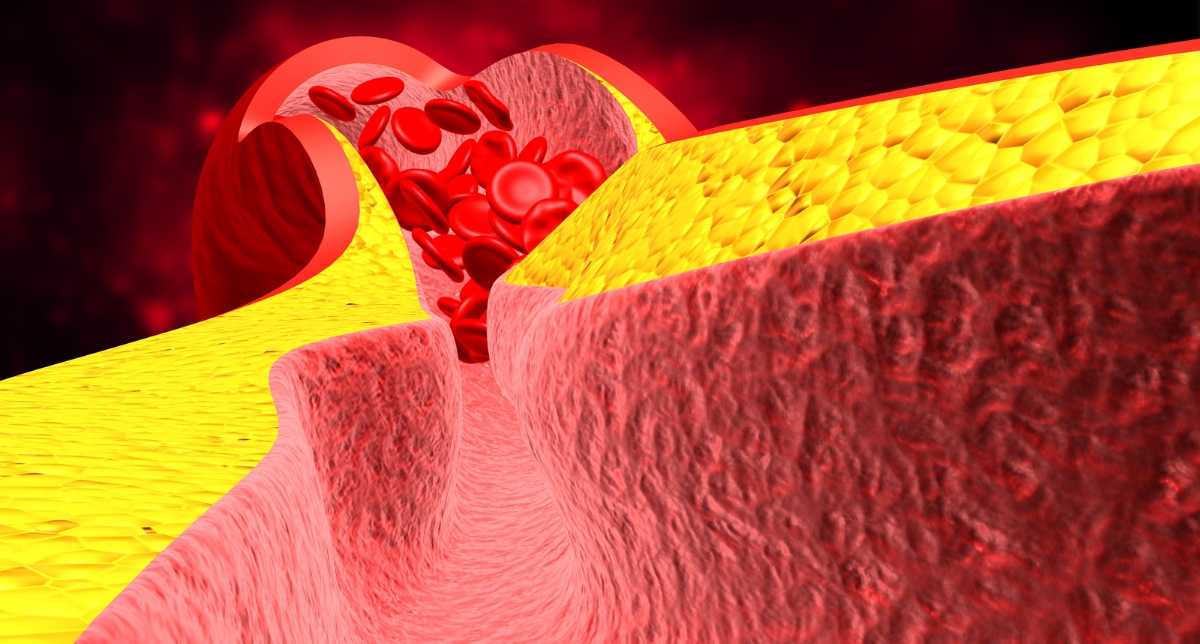Introduction
Heart block, also known as atrioventricular (AV) block, refers to a delay or disruption in the conduction of electrical impulses from the AV node to the ventricles.
Understanding the AV Node
The AV node is a specialized conduction point that transmits electrical impulses from the atria to the ventricles, effectively serving as a bridge between these two chambers.
The sinoatrial (SA) node generates electrical impulses, which then travel across the atria, causing depolarization. These impulses reach the ventricles via the AV node, which introduces a slight delay before transmitting the signals to the bundle of His and the Purkinje system. This delay ensures that the atria have enough time to empty their blood into the ventricles before the ventricles contract.
AV Node Block
Conditions such as myocardial infarction (MI), congestive cardiac failure (CCF), aging-related fibrosis, certain medications, or structural remodeling of the heart can impair or disrupt the function of the AV node. This dysfunction can result in various types of AV blocks.
Types of AV Blocks
- 1. First-Degree AV Block: Prolonged PR interval without dropped beats.
- 2. Second-Degree AV Block (Type 1): Progressive lengthening of the PR interval, followed by a dropped QRS complex (Wenckebach phenomenon).
- 3. Second-Degree AV Block (Type 2): Consistent PR interval with intermittent dropped QRS complexes.
- 4. Third-Degree AV Block: Complete dissociation between atrial and ventricular activity.




